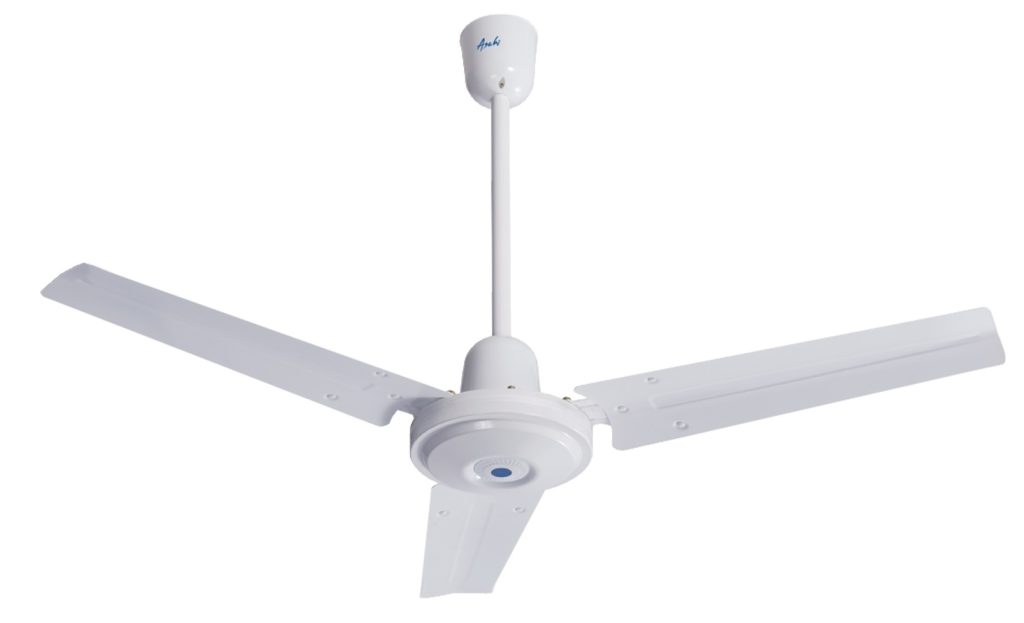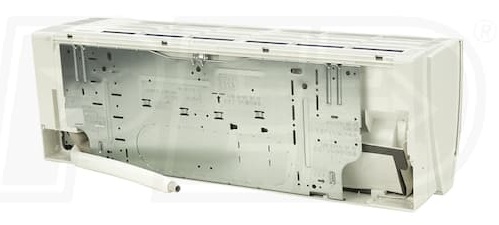Clause 3 – How to understand the definition of “fixed appliance”
fixed appliance: appliance that is intended to be used while fastened to a support or while secured in a specific location.
The definition emphasizes fastening to a bracket or fixing in a specific position. Generally, we think that this kind of fixation requires some installation actions and some fixing devices, these devices can be fixed on the wall, installed on the ceiling, or embedded in a reserved space. Because the status before and after fixing is different, the corresponding safety requirements are also different. At the same time, for some special fixed appliances, some part 2 standards have added corresponding requirements.
For ceiling fans, after being fixed, the standard has a load test requirement of 4 times its own weight for its suspension fixing system. For household wall-mounted room air conditioners, before installation, the indoor unit is not attached to the wall, but after installation, this surface is in contact with the wall, and the wall plays the role of covering the appliance, thereby protecting the moving parts or live parts inside the appliance.

